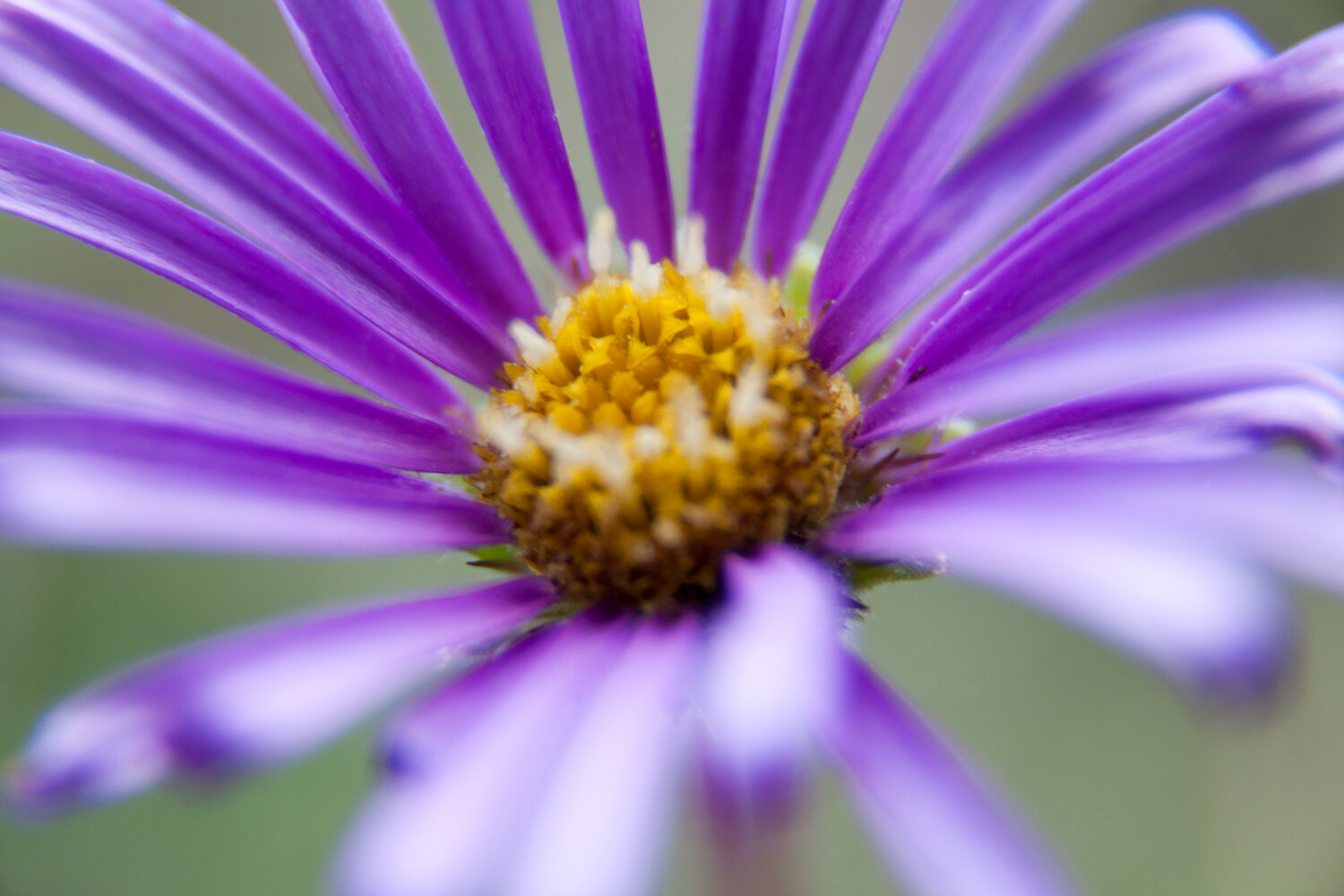The post How These 5 Photography Quotes Can Impact Your Photographic Practice appeared first on Digital Photography School. It was authored by Megan Kennedy.

Techniques, theory, approaches, and equipment; there are many items that feed into the art of making successful images. Luckily, we have the authority of countless photographers to guide us!
In this article, we’ll look at five photography quotes and the insights we can glean from them.

1. No place is boring, if you’ve had a good night’s sleep and have a pocket full of unexposed film – Robert Adams

Robert Adams finds interest in the seemingly mundane. He shines a thoughtful light on the vastness of the wilderness and the hum of human expansion.
However, as Adams argues in one of his better-known photography quotes: It isn’t just a pocket of unexposed film that staves off boredom, but a night of quality sleep.
This is good advice for those of us who often burn the candle at both ends.
2. The camera is an excuse to be someplace you otherwise don’t belong – Susan Meiselas
The second of our five photography quotes comes from Susan Meiselas. Seeing into the veneer of everyday life, photographers such as Meiselas use the camera as a tool to investigate, motivate, question, connect, and share. The camera acts as a passport, as well as a reason to explore and push boundaries.
Today, a generalized knowledge of photographic technology means that most people are aware of a camera’s appearance and function. Nevertheless, those witnessing a photographer in action will frequently respond with interest or curiosity. With a camera in hand, a photographer is often viewed as a person guided by artistic and technical authority.
This gives photographers an entry point into the inner workings of an environment and its inhabitants.
3. Photography is a language more universal than words – Minor White

Minor White sought to make images that stood as “a record of something in front of the camera and simultaneously a spontaneous symbol…A photograph of the bark of a tree, for example, may suddenly touch off a corresponding feeling of roughness of character within an individual.”
Photographs, as we know, have many layers of meaning. With a conscientious approach to composition and execution, photographers can start a dialogue that transcends the boundaries of language.
In referring to the universality of photographic language, White encourages you to carefully consider the many ways in which a subject can be photographed. This hopefully prompts you to capture the subject with a deliberateness and mastery that goes beyond words.
4. Taking pictures is like tiptoeing into the kitchen late at night and stealing Oreo cookies – Diane Arbus
You’ve probably experienced the thrill of sneaking tasty morsels from the kitchen at a late hour: the anticipation, the apprehension, and then the reward.
But Arbus’s quote isn’t just about stealing food and photos; it’s about the driving force behind photography. Why does photography matter? What makes photography so compelling in the first place? And what makes us keep coming back for more?
Establishing why a photographer does what they do can be tricky. There are many different reasons a photographer might take up a camera.
Nevertheless, developing a good grasp of the motivations that spur on your own photography can help you find direction, especially in the event of a creative block.
5. Searching is everything – going beyond what you know. And the test of the search is really in the things themselves, the things you seek to understand. What is important is not what you think about them, but how they enlarge you – Wynn Bullock

Canon 5D Mark II | Canon EF 24-105mm f/4L | 1/20s | f/4.0 | ISO 200
It was during a tour in Europe during the mid-1920s that singer Wynn Bullock first encountered the artworks of Man Ray and László Moholy-Nagy. Recognizing photography as a powerful vehicle for creativity, Bullock bought a box camera and began taking pictures himself.
Interested in art as well as psychology, physics, and philosophy, Bullock constantly sought to build on his own photographic practice. Many of Bullock’s photography quotes emphasize personal growth, affirming the need for deliberation and mindfulness.
Encouraging photographers to absorb as much as possible from every photographic subject and experience, Bullock’s words instill a sense of constructive curiosity in photographers that expands personal practice and furthers the medium overall.
Conclusion
There are so many photography quotes that have been recorded throughout history that it’s nearly impossible to list them all.
Nevertheless, reading and absorbing the advice uttered by pioneering photographers can help you understand the minds that helped shape the trajectory of photography!
Now over to you:
Do you have a favorite photography quote? Share it in the comments below!
The post How These 5 Photography Quotes Can Impact Your Photographic Practice appeared first on Digital Photography School. It was authored by Megan Kennedy.





















































You must be logged in to post a comment.